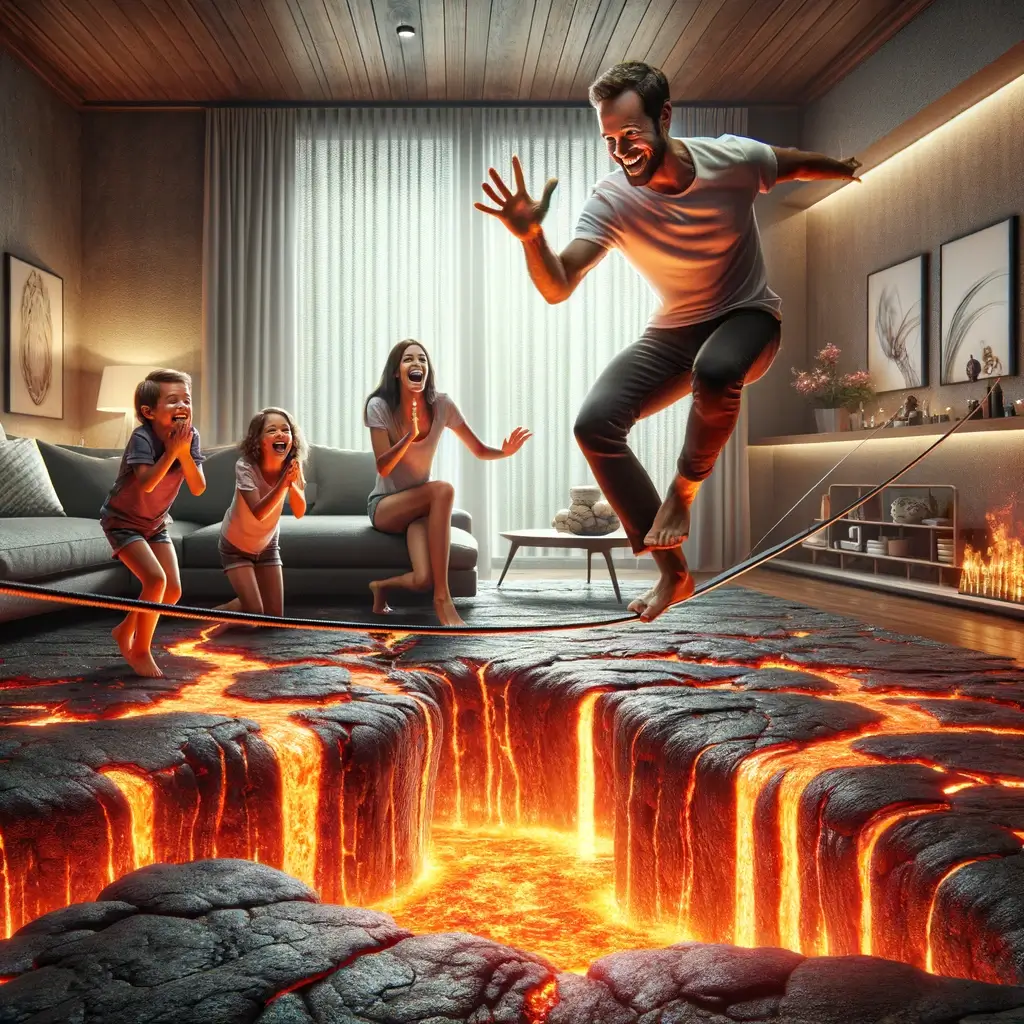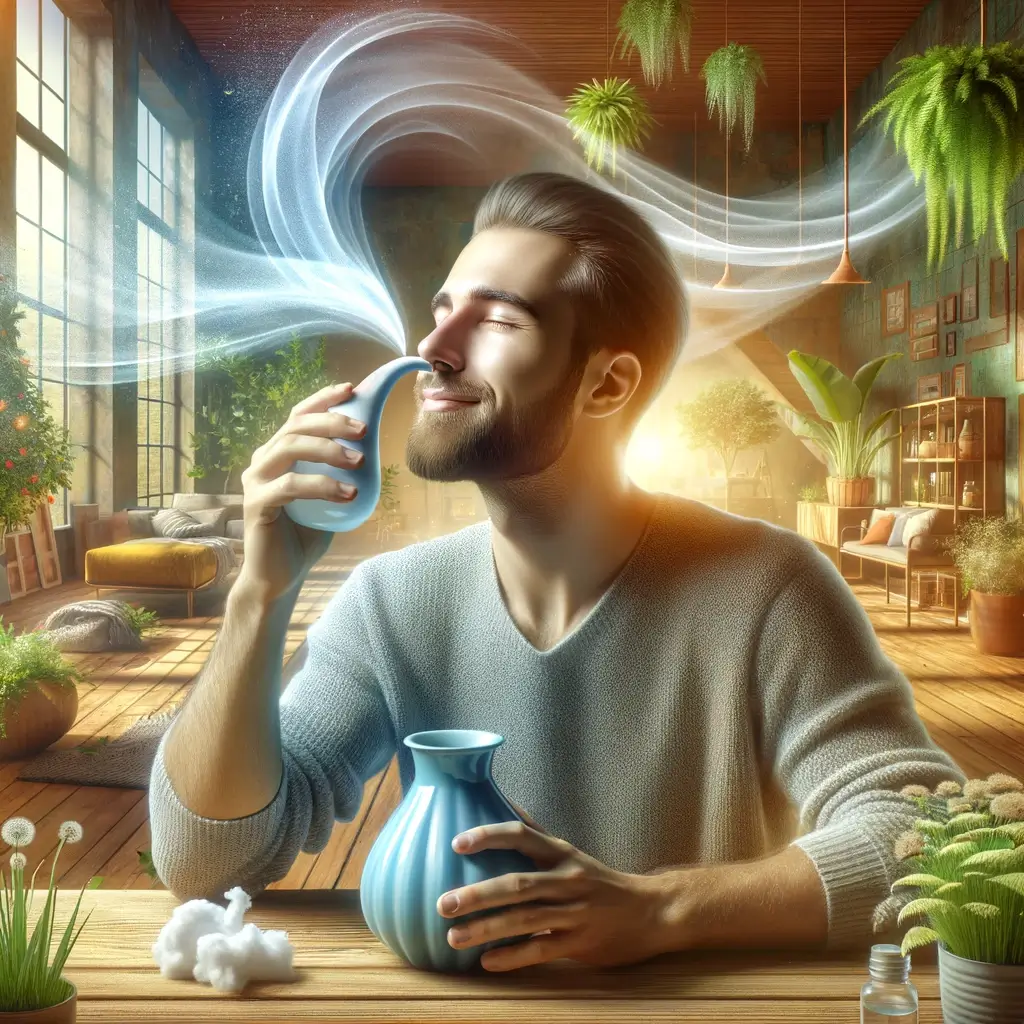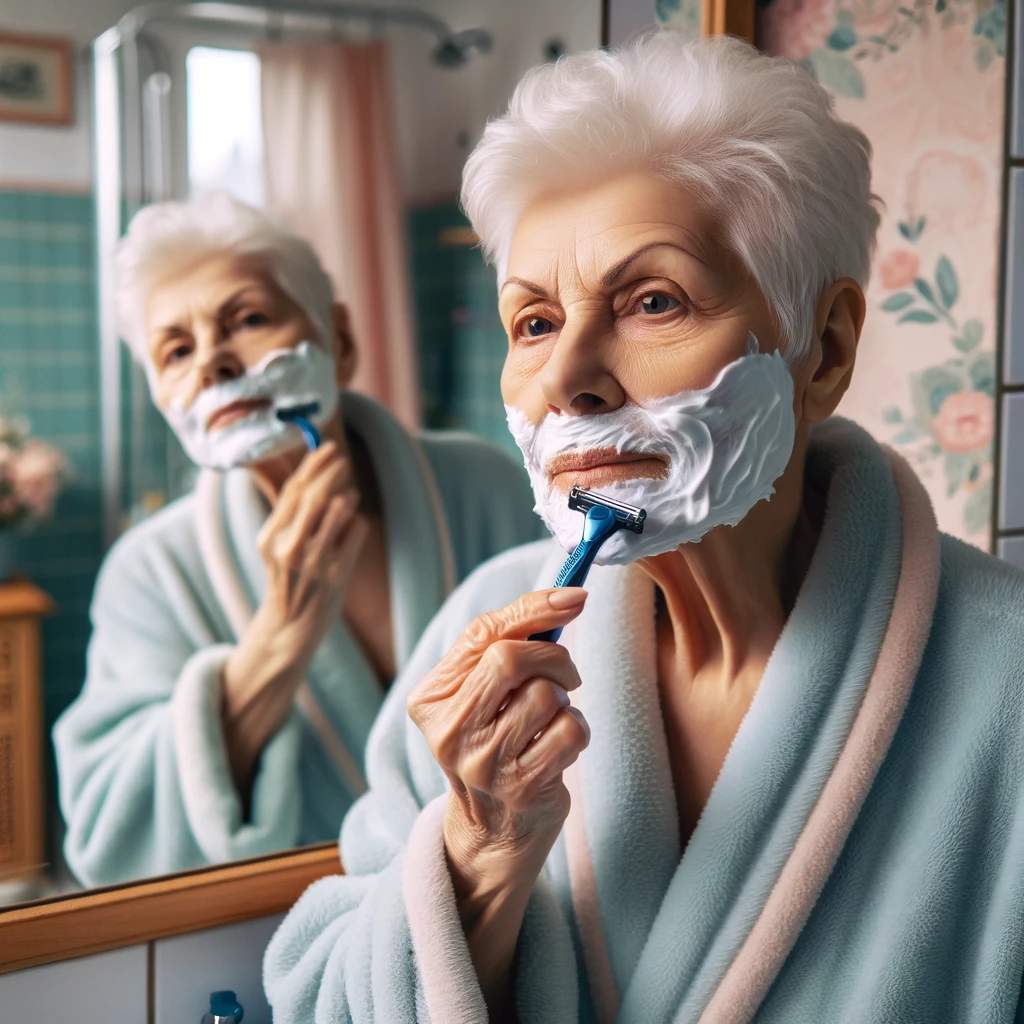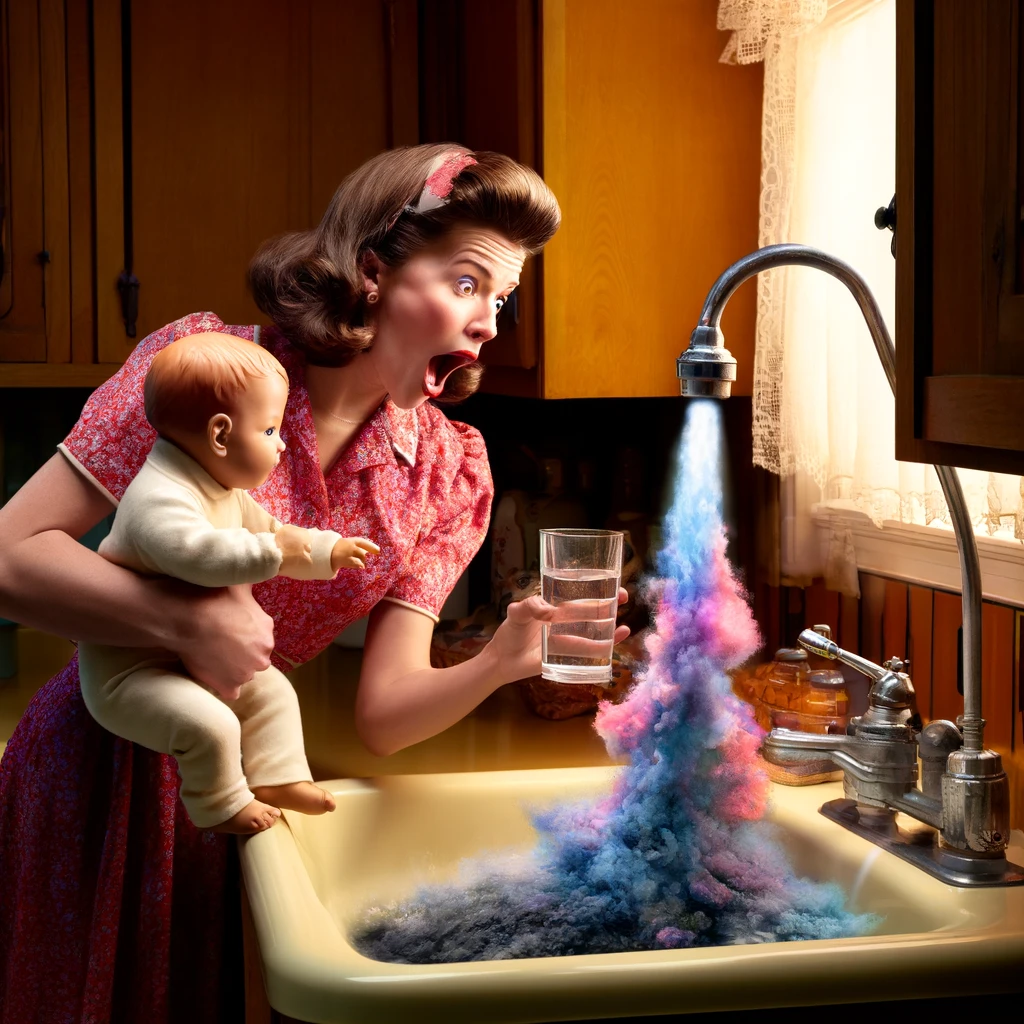Light therapy, also known as phototherapy, is a method used to treat various conditions by exposure to specific wavelengths of light. It’s utilized in different forms, each targeting different health issues. Here’s a summary of the primary types of light therapies:
Light Therapy for Seasonal Affective Disorder (SAD):
Mechanism: Uses a light box that emits bright light mimicking natural sunlight.
Purpose: Helps regulate the body’s sleep-wake cycle and mood hormones, addressing symptoms of SAD.
Usage: Typically, individuals sit in front of a light therapy box for 20 to 60 minutes a day, especially in the morning, during fall and winter months.
Infrared Light Therapy:
- Mechanism: Utilizes infrared light, which penetrates deeper into the body than visible light, to stimulate healing and reduce inflammation.
- Purpose: Used for muscle pain, joint stiffness, and some skin conditions. It may enhance blood circulation, accelerate tissue repair, reduce pain, and decrease inflammation.
- Usage: Applied through lamps, saunas, or handheld devices directly to the affected area for prescribed durations.
Blue Light Therapy:
- Mechanism: Involves exposure to blue wavelength light.
- Purpose: Primarily used for treating acne and actinic keratosis (a type of skin precancer). Blue light can kill certain types of bacteria on the skin and is used in some types of photodynamic therapy (PDT) to treat cancer.
- Usage: Application can vary from dermatological equipment in clinics to at-home devices, with exposure time depending on the device’s intensity and the condition being treated.
Red Light Therapy (RLT):
- Mechanism: Uses red low-level wavelengths of light.
- Purpose: Thought to work by producing a biochemical effect in cells that strengthens the mitochondria, leading to improvements in skin health, muscle repair, and even hair growth. Also used for anti-aging purposes, reducing inflammation, and healing wounds.
- Usage: Can be administered in a professional setting or at home using devices designed for direct skin contact for specified durations.
Each type of light therapy has its specific applications, benefits, and guidelines. The effectiveness and safety of these therapies can vary, so it’s essential to use them under the guidance of a healthcare professional, especially for serious health conditions.







































